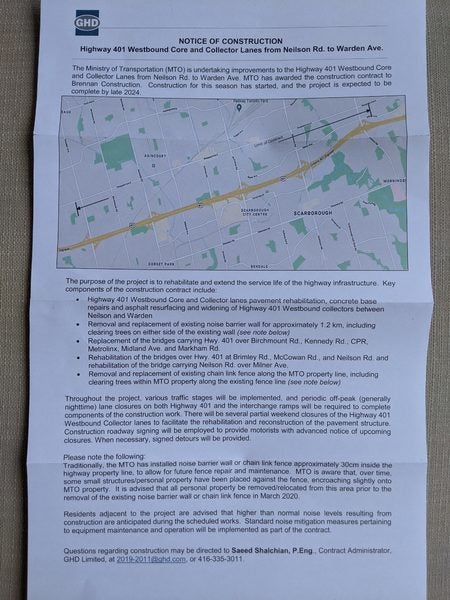It is true that widening the 401 is a terrible idea, for the reasons you stated (induced demand). It will only increase the number of cars and increase traffic.
But, building transit generally does not reduce congestion due to this same induced demand. Any people that do switch to transit (which is unlikely in this scenario as most people on the 401 don't live or work on Sheppard East anyways) will quickly be replaced by new trips on the highway.
This is does not mean we shouldn't build transit. Mobility is a necessity in cities, and good transit moves people far more efficiently than cars in terms of space, emissions, and cost. Transit also provides numerous benefits that cars and highways do not, including improving public realm, creating liveable cities, improving public health by encouraging active transportation, reducing environmental footprint of cities, etc.
I will also say that "relieving congestion" is a great political excuse to build transit in car-centric cities, even though it doesn't do this at all.
People generally choose transportation modes based on two factors only: cost and travel time. Thus, the only ways to actually eliminate road congestion are to make transit cheaper and/or faster than cars for most or all origin destination pairs. This basically means road tolls, complete transit priority everywhere, forcing cars to take roundabout routes, and a lot (like, a ton) of high quality, fast transit.
Doing this is basically impossible. There is no major city in the world without congestion. I think congestion has to be accepted as something that will always be there. The aim of infrastructure projects should not be to reduce congestion, but to facilitate the movement of the maximum number of people using the least amount of money, land, and other resources possible.
Also, side note, the SELRT is a pretty bad project imo. At grade LRTs are generally slow and low capacity, only good enough for small cities or feeder lines, not a major crosstown route in a large city. The additional transfer at Don Mills is also terrible. People hate transfers; they will go out of their way to avoid them. A forced linear transfer is just terrible. Elevated extension of Sheppard is the way to go.

forums.redflagdeals.com





